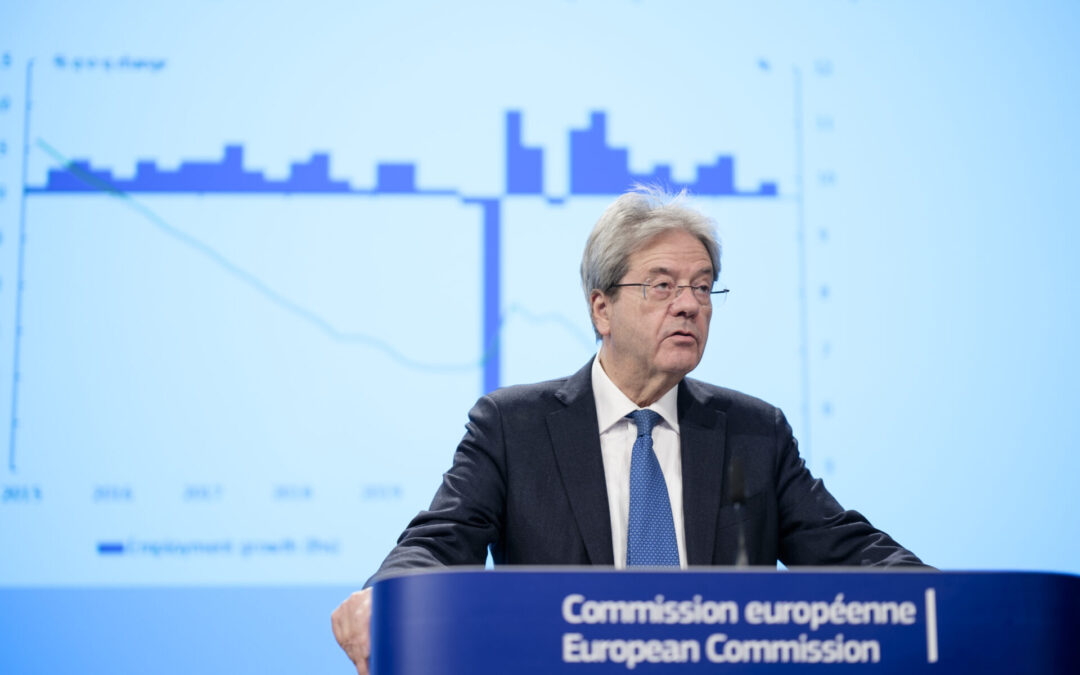BRUSSELS – The Croatian economy will achieve strong growth of 3.6 percent this year, with the main drivers being strong household consumption and investments, according to the European Commission’s autumn economic forecasts released on Friday.
Croatia is at the top in the European Union in terms of economic growth rate. Along with Cyprus, whose economy is also expected to grow by 3.6 percent, Croatia is in second place behind Malta, which is expected to achieve a growth of 5 percent.
In the next year, 2025, the Croatian economy is expected to grow by 3.3 percent, and in 2026 by 2.9 percent.
The forecasts are significantly better than the spring ones, which were published in mid-May, when the Commission estimated that the Croatian economy would grow 3.3 percent this year and 2.9 percent next year.
The Croatian economy is growing significantly faster than the average in the EU and the eurozone.
The Commission forecasts that the economy in the EU, after a longer stagnation, will record a modest growth of 0.9 percent this year, and the eurozone 0.8 percent. Next year, growth is expected to accelerate to 1.5 percent in the EU and 1.3 percent in the euro area, and to 1.8 percent in the EU and 1.6 percent in the eurozone in 2026.
Consumption as the main driver of GDP
The Commission estimates that strong growth in Croatia will be driven by private consumption due to strong growth in real wages and employment, as well as sustainable investments.
Government spending is expected to increase, mainly due to the comprehensive public sector wage reform that significantly aligned public wages in institutions and sectors, but also resulted in a large one-time salary increase.
Investment is expected to remain strong, supported by a further acceleration of expenditure financed from the Recovery and Resilience Mechanism, with an acceleration of fund withdrawals under the Multiannual Financial Framework (MFF) for 2021 – 2027 (November 15, 2024).
 go to the original language article
go to the original language article
